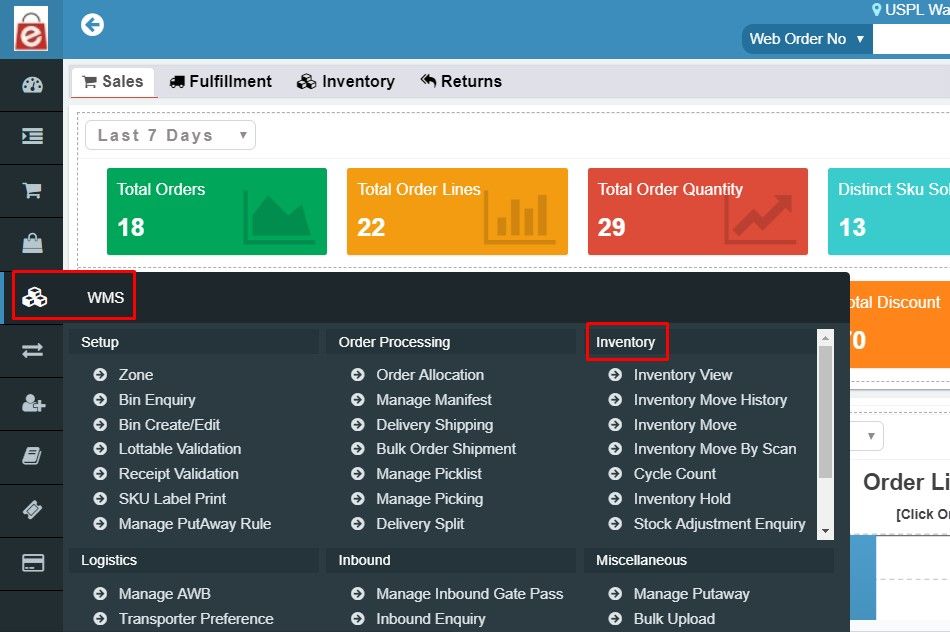

Put the band-aid, but fix the nail!
When you scratch yourself against a protruding nail, put the bandage on your hand immediately. But do not stop here! Fix the nail and hammer it in.
Friday February 24, 2017,
6 min Read
The analogy here draws our attention to solving business problems, or any problem as a matter of fact! To fix anything that is hurting your business, take an immediate action but think long term. What most businesses and startups do is to stop after the immediate fix! That reproduces the same problem at a later time, only to spend more time & resources to fix the same thing. Once you apply the immediate fix, invest some more time to fix it once and for all. So if your product sales is not achieving its target, put an immediate fix. You may employ a few more sales executives, get market research data or buy lead data, etc to achieve your target but do not stop here and think long term. Sit down with your team to brainstorm.
But this surely, isn't an easy task to do! So, here's a quick guide!
What is a problem and why does it occur?
According to me, a problem may be defined in broadly, three ways:
- a deviation from the standard
A business may not be achieving what the industry or the market is expecting it to achieve as a standard. It may be 100% on-time delivery, 95% QA, etc.
- a gap between the actual and desired condition
A business may be achieving 100% on-time delivery where on-time is a lead time of 2 weeks, it may now look to offer a 1 week lead time with same efficiency.
- an unfulfilled customer need
A business may be looking to solve an unaddressed problem such as many startups like Paytm, Grofers, Flipkart, etc have done!
Solving any of these problems and fixing them for long term has the benefits which makes it worthy of investing time and resources. It develops a common understanding of the problem, business-wide and thus reduces the time lost in discussing about the problem rather than solving it. It ensures that the same problems doesn't occur again. Also, using the proven and standardized methods of solving problems increases chances of success in lesser time!
Companies such as Ford motors with their '8 Discipline' method, 6 Sigma with the 'DMAIC' approach, Toyota's Business Practice, PDCA method and many more have researched methods to solve their problems, which all follow a similar pattern but have been fine tuned to their need.
So, what's the pattern?
First step. Choose a team
It is important to identify people with the right skills and attitude who yo think shall be able to contribute to the problem solving discussion. The team should touch upon all the possible areas that the problem could touch upon as you think at this point of time. For a sales problem, you may call upon people from sales, marketing & product. Preferably, a team of 3-5 people is good for a discussion, do not overcrowd.
Second step. Clarify and scope the problem
It is important to then specify the problem clearly. The more clearly you define and scope the problem, the better the solution will be and in much lesser time. When a team sits to discuss on a problem's solution, the discussion usually goes haywire with no result and consuming lot of time. If your sales are down, write that your "Q1 Sales for FY 2016-17 down by X%"
Third step. Break the problem down
Address the 5Ws and 2Hs. Who? What? When? Where? Why? How? How many?
Who are the people associated with the problem? What is their problem as in first step? When was the problem identified? Where did the problem occur? Why did it occur as reported? How did the problem occur (can you reproduce it)? How many problems occured to define its size and frequency?
And while you are breaking & scoping the problem, prepare an A3 report simultaneously which, in brief, is a one pager story of the problem.
Fourth step. Analyze the Root Cause
To identify the root cause, it is important for the team which is solving the problem to reproduce the problem and see. If it is not possible to reproduce, a ground study is required. For instance, as per our sales example, taking customer feedback personally or talking to the sales representative directly will help.
Brainstorm all possible causes of the problem and make sure to jot them down either on a whiteboard or a common screen. Usually a whiteboard will help much more as it gives a free hand. A fishbone diagram technique is helpful to direct the brainstorming session. This technique has different categories such as 5Ms, 8Ps and 5Ss depending upon the type of industry.
Apply the 5 Why technique, which means that ask a Why on the problem again and again until you don't have an answer. Here, 5 is just a number to emphasize that many Why's are required to get to the root cause. Sometimes, even more than 5 Why's may be required.
Fifth step. Develop Counter Measures
Once the team has finished the root cause analysis and brainstorming, it is important to develop counter measures in order to suppress the root cause of the problem ensuring that it does not repeat. While developing counter measures, it is also necessary to ensure that these do not arise another problem.
Sixth step. See it through
This is a time taking step and requires perseverance and the team should not give up in this phase. Put the counter measures to work and monitor the new process regularly for any deviations or difficulties in implementation and tweaking required, if any. Treat this like a beta testing phase.
Seventh Step. Evaluate the Results
Once you have seen and monitored the process long enough for your satisfaction, evaluate the results of the solution implemented.
Eighth step. Standardize Success, Learn from Failures
Document the way the problem occured, circumstances around it and how you solved it. This will help standardize the success. This is where the A3 report suggested above is useful.
This eight step guide can be applied to any business problems such as issues in product quality, product returns, human errors in a process, inventory problems, dipping sales, innovating to sustain competition and attain market leadership, increasing employee satisfaction to retain talent and so on!
"No problem is a problem..."
Therefore, act now but think long term!
Put the band-aid, but fix the nail!
P.S. - All techniques mentioned have not been elaborated here as you can find them easily on the internet!
If you like what you just read, please hit the Like/Share Button so that others may stumble upon this. I’d love to hear your comments!
Note: This article is originally published on "https://tshwired.wordpress.com/2017/02/24/put-the-band-aid-but-fix-the-nail/"



